Therapeutic antibody safety and efficacy are crucial. However, what happens when the immune system attacks a life saving drug? This is the challenge humanized antibodies try to solve. Humanized antibodies which reduce immunogenicity while maintaining high binding specificity are essential for cancer, autoimmune and infectious disease biologics development.
Studies done nowadays show that humanized and fully human antibodies get a lot more approval than chimeric or murine antibodies. This shows how important they are for developing new drugs. Humanized antibodies are helping treatments move faster from the lab to the clinic by reducing bad immune responses and boosting pharmacokinetics.
If you’re doing translational research or making therapeutic antibodies, knowing how to humanize antibodies could be the key to your project’s success. Read on to learn how humanized antibodies make things safer and lead to better clinical outcomes, as well as why it’s so vital to have the right partner in humanization.
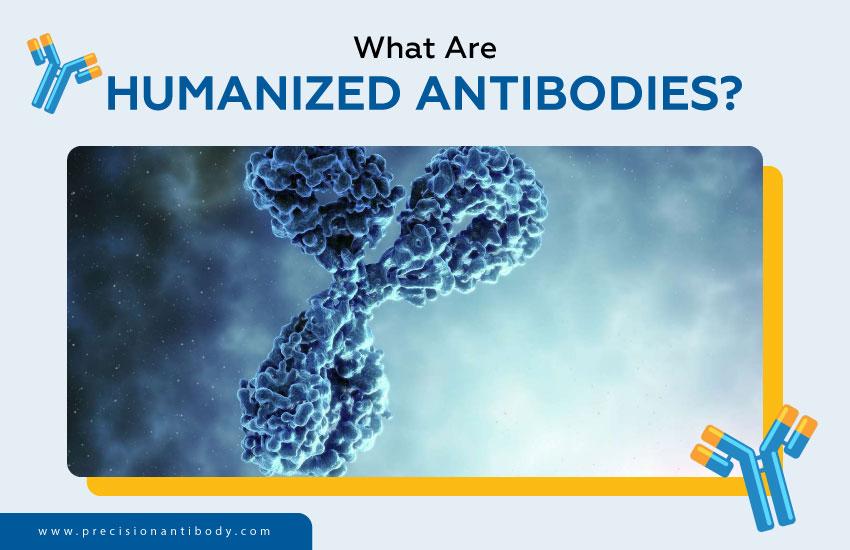
Humanized antibodies are monoclonal antibodies that were originally taken from non-human species, usually mice and then changed so that they look and work like human antibodies. The main purpose of humanization is to lower the chance that these antibodies may cause an immunological response when given to people.
At the molecular level humanized antibodies keep the antigen binding regions (complementarity determining regions or CDRs) from the original non-human antibody but replace the framework portions with human sequences that are similar. This method keeps the antibody’s target specificity while making it less likely to cause an immune response.
Humanization is now a necessary step in the development of new drugs since murine or chimeric antibodies typically cause anti-drug antibody (ADA) responses which lower the drug’s effectiveness and safety.
By increasing the “humanness” of the antibody humanized molecules can offer:
These properties make humanized antibodies more suitable for chronic conditions and repeat dosing, which are common in cancer, autoimmune diseases and inflammatory disorders.
CDR grafting is the most common way to humanize antibodies. This method transfers non-human antibody antigen binding loops (CDRs) to human antibodies. This retains the antibody’s ability to bind and recognize its target while making the rest of the molecule look “human” to the patient’s immune system.
Key steps and strategies involved in humanization include:
Beyond CDR grafting newer methods such as resurfacing, transgenic mice platforms and completely human antibody libraries have come forth that offer even lower immunogenicity and better clinical profiles than CDR grafting. However CDR grafting remains the foundation of most humanization protocols because it is both simple and effective.
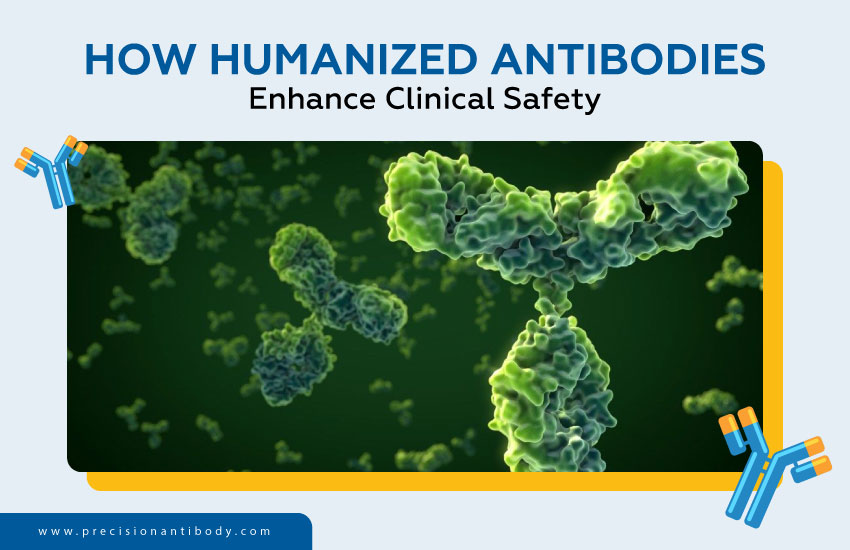
Humanized antibodies are vital for making biologic medications because they operate better and are safer in clinical settings. These antibodies are easier for the body to handle mainly when used for an extended period or in high doses as they reduce the number of foreign protein sequences that could trigger an immune response.
One of the biggest problems with early generation monoclonal antibodies especially those derived from mice was that they may cause the human immune system to work harder. This reaction known as immunogenicity causes the body to produce anti drug antibodies (ADAs) which may prevent the treatment from leading to adverse side effects.
Humanized antibodies address this issue by:
These alterations enable the antibody to interact with the immune system in a more natural and less disruptive manner thereby significantly reducing the likelihood of treatment related complications.
Biologic therapy may work differently for various patients, especially in distinct groups of patients. Age, immunological state, co-morbidities and past treatments are some of the things that can affect how well a person tolerates a medicine. Scientists design humanized antibodies so that they work better across these different situations.
They offer:
As a result humanized antibodies allow for wider clinical application particularly in chronic diseases that need ongoing treatment for months or years. Better tolerability means longer treatments happier patients and a higher quality of life.
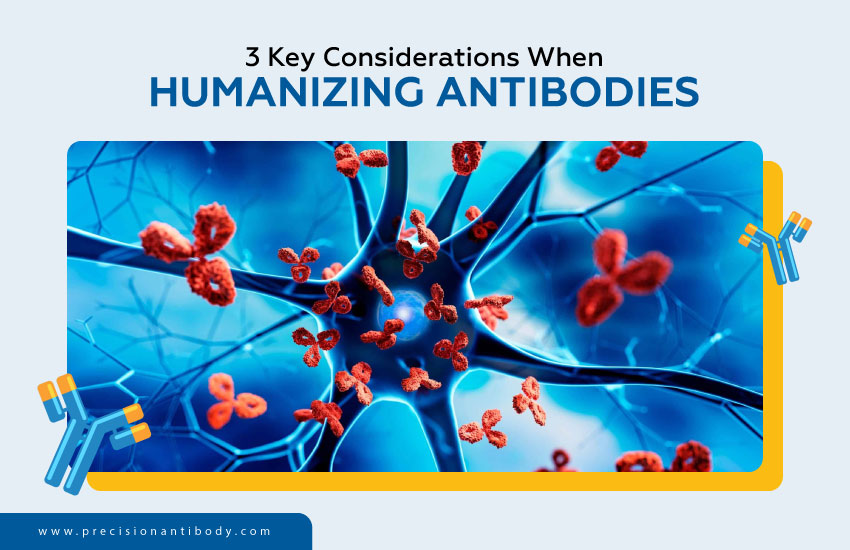
Making an antibody more human-like isn’t only about lowering its immunogenicity; it’s also about doing it without hurting the molecule’s main activities. The method requires careful planning to keep the therapeutic potential make sure it is biologically compatible and avoid unintentional modifications to the structure.
Here are three key points to think about:
To ensure therapeutic performance it’s critical that the humanized antibody binds its target as effectively as the original:
Binding the antigen isn’t always enough; many therapeutic antibodies also rely on the functions of the Fc region.
For example:
An antibody that performs well in vitro must also be achievable in human biology:
Ensure pharmacokinetics and biodistribution remain within therapeutic windows worthy for clinical application.
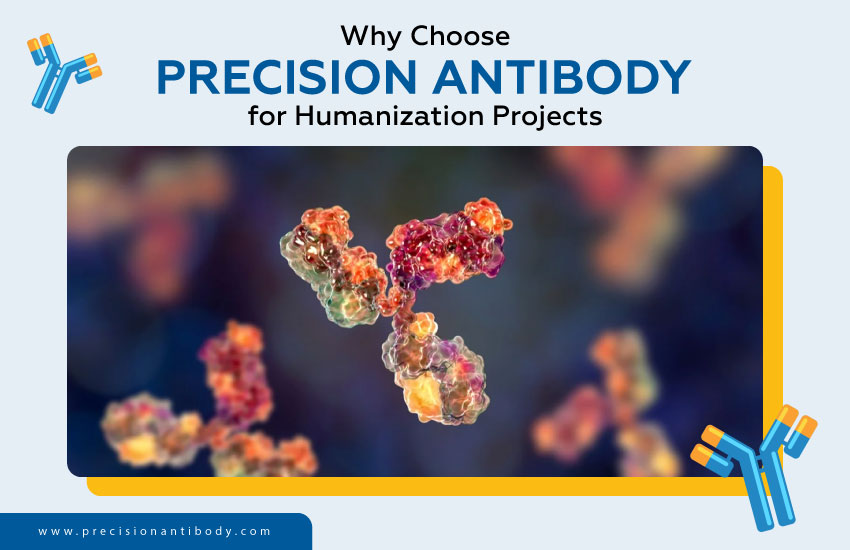
When it comes to antibody humanization the difference between a promising treatment and a clinical failure is often how well it is done. That’s where Precision Antibody stands out as more than simply a service provider; they may also be a strategic partner in your drug development path.
Let Precision Antibody turn your research antibody into a humanized candidate that is scientifically solid, functionally strong and ready for clinical use. Check out our Humanization services or get in touch with us right away to talk about your project.
It is important to humanize antibodies in order to make promising research antibodies into safe, efficacious and therapeutically useful drugs. It is important to think carefully about each change to keep the antibody’s binding affinity, functional activity and structural integrity while lowering the danger of immunogenicity.
To find this equilibrium you need to know a lot about technology and how molecular decisions affect development later on. Humanization requires scientific accuracy at every stage from intelligent CDR grafting and structure-based backmutation to keeping effector functions and making sure biological compatibility.
You can’t rush it or use a one-size-fits-all solution to fix it. Working with Precision Antibody is the key to success. Your antibody project gets the care and attention it needs with our tailored humanization workflows open communication and quick turnaround.
Do you have any questions regarding making antibodies more human? Please leave a comment below; we would love to hear from you.
Are you looking for a reliable partner to help you make your antibody candidate more human? Call Precision Antibody today to get help from experts at every step of the way.
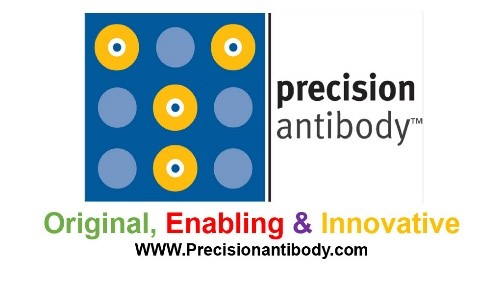
Led by innovative minds in immunology and the antibody development field, Precision Antibody has been an industry leader for over 20 years. We not only implement a cutting-edge technique in antigen design, antibody development, production, and other analyses, but we are also constantly working on ways to improve and advance technology to match the ever-changing world of science. If you are interested in learning more about Precision Antibody’s Custom Antibody development.
Precision Antibody™ is the forefront of the global Custom Antibody industry & it is led by the innovative minds in immunology and antibody development field.